![]()
![]()
![]()
Use LEFT and RIGHT arrow keys to navigate between flashcards;
Use UP and DOWN arrow keys to flip the card;
H to show hint;
A reads text to speech;
26 Cards in this Set
- Front
- Back
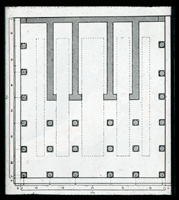
|
Temple of Jupiter Optimus Maximus,
Late 6th C BCE, Rome, Capitoline Hill |
|

|
Temple of Jupiter Optimus Maximus,
Late 6th C BCE, Rome, Capitoline Hill |
|
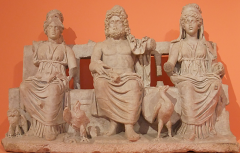
|
Capitoline Triad: Jupiter, Juno, Minerva
Marble, Late 2nd C CE, Palestrina |
|
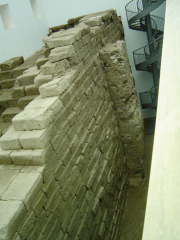
|
Temple of Jupiter Optimus Maximus,
Late 6th C BCE, Rome, Capitoline Hill |
|
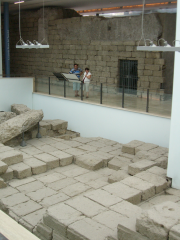
|
Temple of Jupiter Optimus Maximus,
Late 6th C BCE, Rome, Capitoline Hill Platform and cella wall |
|
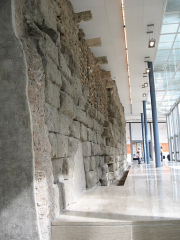
|
Temple of Jupiter Optimus Maximus,
Late 6th C BCE, Rome, Capitoline Hill cella wall |
|
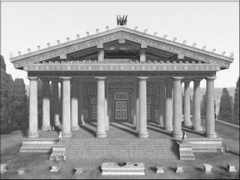
|
Temple of Jupiter Optimus Maximus,
Late 6th C BCE, Rome, Capitoline Hill reconstruction |
|
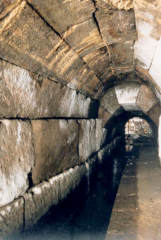
|
Cloaca Maxima (early 6th C BCE)
Rome |
|

|
Course of the CLoaca Maxima
|
|
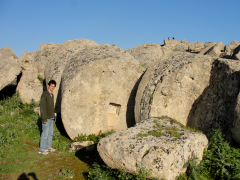
|
Remains of Temple G
Selinus, ca. 500 BCE Ca. 300ft long, 45 ft. high columns; 15 ft. bases of columns; columns 100 tons each |
|
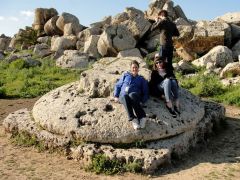
|
Remains of Temple G
Selinus, ca. 500 BCE Ca. 300ft long, 45 ft. high columns; 15 ft. bases of columns; columns 100 tons each |
|
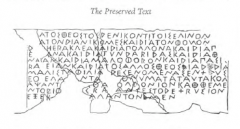
|
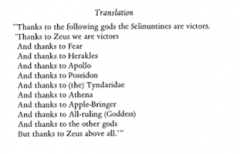
Verse inscription in Greek,
Temple G at Selinus Ca. 500 BCE |
|
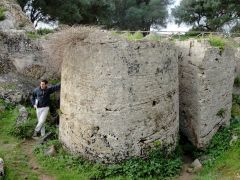
|
Cave di Cusa (quarries of Cusa)
Western Sicily, near Selinus Columns and capitals remain in place Ca. 500 – 400 BCE |
|
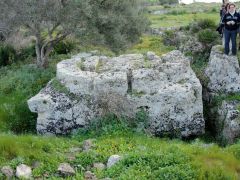
|
Cave di Cusa (quarries of Cusa)
Western Sicily, near Selinus Columns and capitals remain in place Ca. 500 – 400 BCE |
|
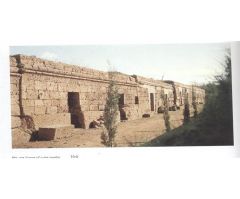
|
Cube tombs, Cerveteri
Etruria: The Archaic period: 580 - 480 Etruscan League of 12 (or 15) cities (but not a nation) Ruled by a priest-king Shift from gift exchange to currency Rise of ‘middle class’ |
|
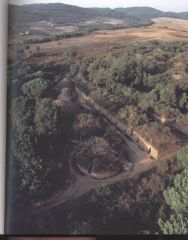
|
Cube tombs, Cerveteri
Etruria: The Archaic period: 580 - 480 Etruscan League of 12 (or 15) cities (but not a nation) Ruled by a priest-king Shift from gift exchange to currency Rise of ‘middle class’ |
|
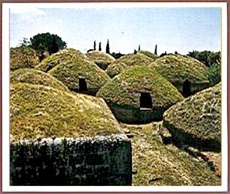
|
7th C BCE tumuli at Cerveteri
|
|
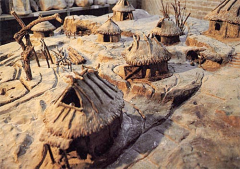
|
“Village of Romulus”, 8th C BCE Rome
|
|
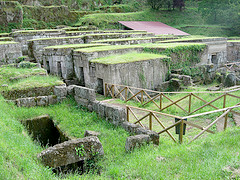
|
Crocifisso del Tufo necropolis, Orvieto
Late 6th – early 5th C BCE |
|

|
Marzabotto city plan, early 5th C BCE
|
|
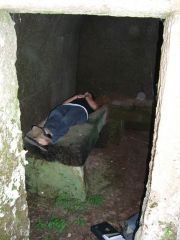
|
Crocifisso del Tufo Necropolis, Orvieto
Late 6th – early 5th C BCE |
|

|
Crocifisso del Tufo Necropolis, Orvieto
Late 6th – early 5th C BCE |
|
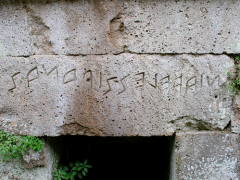
|
Crocifisso del Tufo Necropolis, Orvieto
Late 6th – early 5th C BCE |
|
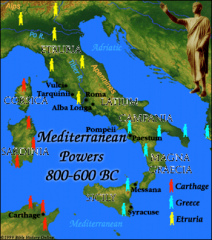
|
Aristedemos / Malakos
Cumae 525-485 BCE Trade War |
|
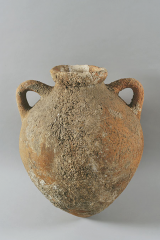
|
Etruria: 6th – 5th C and the emporia
Etruscan Wine Amphora, Late 6th, early 5th C BCE From coastal central Etruria Trade War with Greeks: 525 BCE Decline of aristocratic land owners Trade dominated by middle class & foreigners |
|
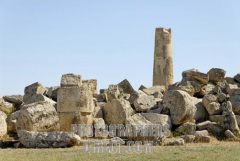
|
Remains of Temple G
Selinus, ca. 500 BCE Ca. 300ft long, 45 ft. high columns; 15 ft. bases of columns; columns 100 tons each |

